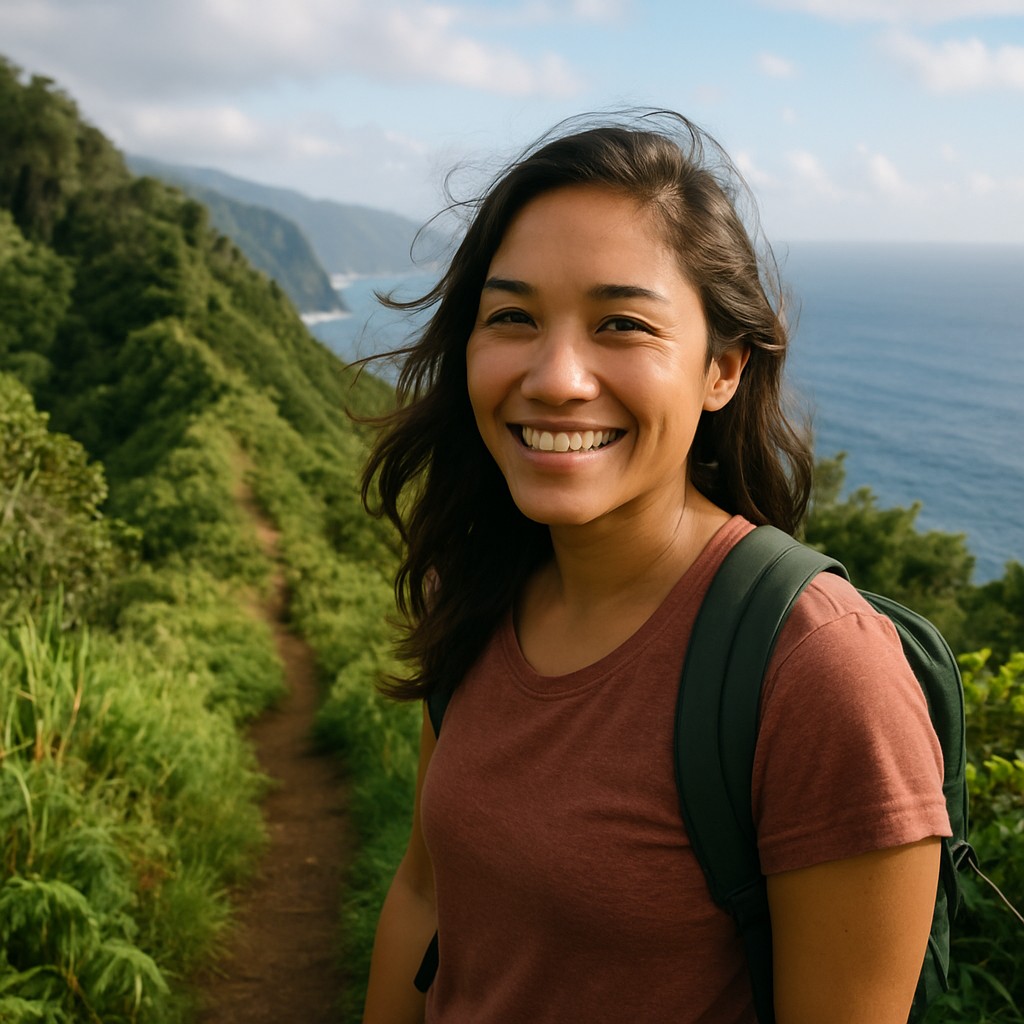

History & Heritage
A Journey Through Time: Honoring 100 Years of Japanese Families in Hawaii

Written by a Local Expert
Jade KawanuiHonoring Japanese Heritage
The Byodo-In Temple opened in August 1968. That year marked 100 years since the first Japanese immigrants reached Hawaii. This temple stands as proof of their impact and lasting gift to the islands.
Japanese immigration to Hawaii tells a powerful story of hope and hard work. The first group, called Gannen Mono, arrived in 1868. These 153 people included craftsmen, former samurai, and workers looking for new chances. But the biggest waves came between 1885 and 1924. Sugar and pineapple plantations needed workers. After the Chinese Exclusion Act of 1882 stopped Chinese immigration, Japan became the main source of labor.
Recruiters promised good wages, food, housing, and boat passage. But many immigrants faced something closer to slavery. They worked hard under tough conditions. They dealt with money problems, culture shock, and unfair treatment. Yet through strength and community, they survived and thrived. They shaped Hawaii's economy, society, and culture forever.
The Byodo-In Temple, built 100 years after this journey began, shows their strength. It honors their culture surviving and becoming part of Hawaii's diverse family.
Creating a Piece of Ancient Japan
Building the temple wasn't just about making any Japanese-style building. They wanted to copy a specific, respected temple: the Byodo-In in Uji, Kyoto Prefecture, Japan. This choice mattered deeply.
The original Uji temple is a masterpiece from the Heian Period, almost 1,000 years old. UNESCO calls it a World Heritage Site. Its Phoenix Hall is so famous it appears on Japanese ten-yen coins. By copying such an important building, the temple's founders brought a real piece of Japan's artistic and spiritual heritage to Hawaii. They created a space for reflection that both Japanese families and everyone else could appreciate.
⛩️ 1868 - First Arrival
153 Japanese immigrants called Gannen Mono arrived, including craftsmen, former samurai, and workers seeking new opportunities.
🌾 1885-1924 - Major Waves
Large waves of Japanese workers came to Hawaii's sugar and pineapple plantations, shaping the islands' economy and culture.
Built Without Nails
Here's something amazing: the Oahu Byodo-In was built completely without nails. This honors traditional Japanese carpentry called miyadaiku. Skilled woodworkers use complex joints and perfectly fitted pieces to create incredibly strong buildings. This method takes immense skill, patience, and deep wood knowledge.
To make it authentic, materials came from Japan. Expert craftsmen and sculptors from Kyoto came to Hawaii to oversee every detail. Using traditional methods and materials shows serious dedication to creating a respectful copy.
The no-nails construction means more than just interesting architecture. It represents the strong bonds of the Japanese community in Hawaii. It shows how their culture fit seamlessly yet distinctly into the Hawaiian landscape. It speaks to deep respect for tradition, precision, and the lasting beauty of skilled work.
A Living Memorial
The Byodo-In Temple stands as more than beautiful architecture—it's a living memorial to the courage, perseverance, and cultural gifts of Japanese families who made Hawaii their home.
Every detail, from the nail-free construction to the imported materials, honors both the original temple in Japan and the immigrant journey that brought this heritage to Hawaiian shores.
📅 Key Dates
- 1868: First Japanese arrive
- 1882: Chinese Exclusion Act
- 1885-1924: Major immigration waves
- 1968: Temple opens (100 years)
🏯 Heritage Facts
- Built without any nails
- Materials from Japan
- Kyoto craftsmen supervised
- Copy of UNESCO site
🔗 Explore Byodo-In Temple
📧 Stay Updated
Get the latest Hawaii cultural heritage guides and temple experiences.
